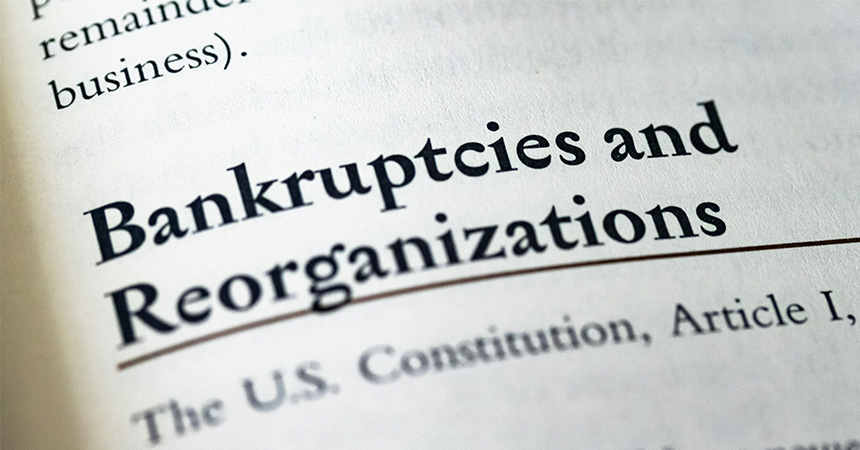Chapter 11 bankruptcy is a type of bankruptcy available under the United States Bankruptcy Code. It primarily focuses on business reorganization and debt restructuring.
Here are some key features of Chapter 11 bankruptcy:
- Business Restructuring: Chapter 11 bankruptcy allows businesses to continue their operations while reorganizing their financial affairs. The goal is to develop a plan that helps the business regain profitability, repay creditors, and become financially stable.
- Debtor in Possession: In Chapter 11 bankruptcy, the business typically remains in control of its operations and assets as a "debtor in possession." The existing management continues to run the day-to-day operations while working to restructure the business's financial obligations.
- Repayment Plan: The debtor in possession, with the assistance of professionals, formulates a plan to restructure and repay debts over time. This plan outlines how the business will address its financial obligations, potentially including reducing debts, renegotiating contracts, or selling assets.
- Creditor Involvement: Creditors have the opportunity to participate in the Chapter 11 bankruptcy process. They can vote on the proposed repayment plan and voice objections if they believe the plan is unfair or not in their best interests. The court ultimately approves or modifies the plan based on its feasibility and fairness.
- Automatic Stay: Similar to other types of bankruptcy, filing for Chapter 11 triggers an automatic stay, which temporarily halts creditor collection efforts. This provides the business with breathing room to develop and implement a restructuring plan without facing aggressive collection actions.
Chapter 11 bankruptcy can be a complex and resource-intensive process, often involving the guidance of legal and financial professionals.
It offers struggling businesses an opportunity to reorganize their debts, regain stability, and continue operations under court supervision.

